Optimizing Your USP-797 Cleanroom for High Performance
In today's modern business infrastructure, efficiency and productivity are two major factors that contribute to a company's success. Mirroring the production process of many of the world's top tech companies, manufacturers have also adopted a leaner, more agile way of creating products efficiently.
With that in mind, let's explore the strategies your company can implement to ensure your USP-797 Cleanroom is optimized for the best quality, while still maintaining the highest output possible.
Preparation Is Key
As is the case with most USP-797 cleanroom designs, failure to create a plan ahead of time can hinder the overall effectiveness of your cleanroom workflow. Everything from establishing a list of trusted, authorized personnel to rotation schedules, cleaning procedures and more will go a long way towards creating exemplary standards of operation.
Be Proactive
Much of cleanroom safety and operation comes from knowing when and how to anticipate certain occupational hazards, and having contingencies in place to counteract said hazards at a moment's notice. Scheduling regular cleanroom maintenance on any equipment or instrumentation within your workspace will reduce downtime caused by malfunctions.
Pinpoint Redundancies
Along with being proactive about your workspace, taking time to identify and eliminate workflow redundancies can help your entire team create more product more efficiently.
Overproduction is a major cause of production backflow, as well as product waste. This means that trimming the excess from your workflow processes can save your team time, reduce overuse of materials, and ultimately save your company money.
Collect, Analyze and Interpret Data
It is important to measure and seek to understand any data collected, as it pertains to your USP-797 cleanroom and its processes. Using collected data to better understand your team's work output and production costs can help you devise safer, faster and more efficient ways to get the job done. You can think of this measured data as a means of creating useful key performance indicators for you and your teams.
Establish Adaptive Processes
It is not enough to simply put a series of plans into place. You must also make sure those plans and processes are designed with adaptability in mind. Finding connections between certain stages of the manufacturing process -- from order and pre-production to storage and distribution -- can make it easier for teams to make last-minute changes.
This can be especially useful in any event where traditional workflows are disrupted, for example, because of equipment malfunctions, team shortages, or other unplanned events. Much like having contingencies, adaptive processes keep teams agile.
Build Capable Staff
One of the most important, and often overlooked, aspects of cleanroom maintenance is making sure your team consists of knowledgeable, capable employees. Not only should you focus on bringing in the best, but also make strides to ensure the best get even better as time goes on. Therefore, consider including periodic training sessions, certification renewal requirements, and incentives for employees who proactively spot defects and redundancies within workflows. Furthermore, it helps to foster a culture of co-workers who want the best for their teams and the company at large.
The key to efficient, productive cleanroom maintenance and design relies heavily on your team's willingness to eliminate overproduction and other types of waste, including materials and time. Eliminating unnecessary or redundant processes, while establishing a high expectation of output, ensures that you, your team, and the USP-797 cleanroom environment in question are all working at optimal levels.
Trackback Link
http://www.cleanroomspecialists.com/BlogRetrieve.aspx?BlogID=11089&PostID=675243&A=Trackback
Trackbacks
Post has no trackbacks.
